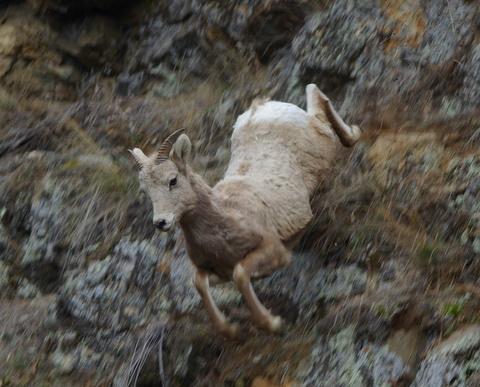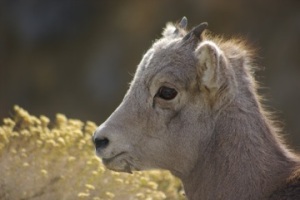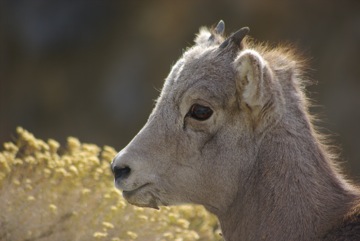Here is the latest update on the wolves of Yellowstone Park. As usual there is a lot of news, especially interesting to those who follow the Park wolves closely.
Perhaps most important, however, is that the non-native parasitic mange infestation has finally spread from either Wyoming, or more likely Montana into the Park.
The first mangy wolf was discovered last year, a member of Mollies Pack who was old and soon died.
The closest source of mange outside the Park has always been from Gardiner, MT north, especially the Paradise Valley where many packs have battled mange. Just last week two mangy wolves in the area were put down. Of this, Ed Bangs wrote in his weekly wolf update report,
On the 24th, MFWP responded to a call of a sick wolf hanging out near a livestock feedlot in Paradise Valley, MT. The wolf was bedded in a stackyard and was extremely mangy. It was euthanized and found to be a disperser from Yellowstone Park’s Leopold pack.
On the 25th, MFWP set up over a mile of fladry around a calving pasture in the 8-Mile pack’s territory in Paradise valley. The wolves have been frequenting this area and the producer had started calving. Cracker shells were also issued and the producer will randomly fire these off during his night checks. The producer has also reported seeing a mangy collared wolf sleeping in his haystacks. The collar does not seem to be working.
On the 30th MFWP/MT WS euthanized a mangy wolf seeking refuge in a hay barn in Paradise Valley, MT. The collar was not working but the serial number indicated it was once a member of the Swan Lake pack (205M).
Uphill to the south inside the Park, several mangy wolves have been hanging out in the Mammoth area. In fact, mange is suspected as a possible reason why the new wolf pack that formed last winter in the Swan Lake flat/Gardiner’s Hole area fizzled.
Mangy wolves are susceptible to dying from the cold, which is why they are often found seeking shelter in barns. It is thought, but not proven, that very cold weather and, thus altitude, will limit the spread of mange deep into the Park.

A starving mangy wolf a few miles west of Tower Junction. Photo Jan. 2008. Copyright and courtesy Matt and Sarah Lewis. Apparently the wolf looked much worse from the rear.
The first phase of the winter study and wolf radio collaring is over. There are some surprising results.
Read the rest of this entry »




















